🔥 Clearance Sale up to 60% OFF: Click Here
Free Shipping & Returns Learn More
Best Price Guaranteed Learn More
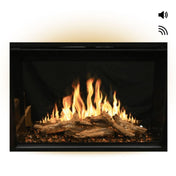
Modern Flames Orion Traditional Built-In Smart Virtual Electric Fireplace with Real Flame Effect
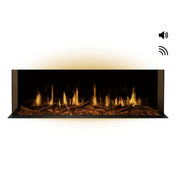
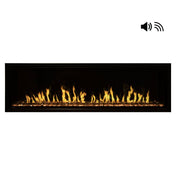
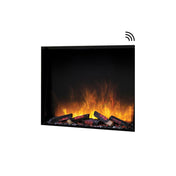
Flamerite E-FX Slim Line Tall 750T Built-In Smart Electric Fireplace (FLR-FP-EFX-SL-750T)
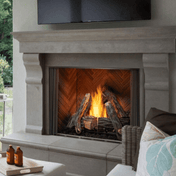
Majestic Courtyard Vent-Free Outdoor Natural Gas Fireplace
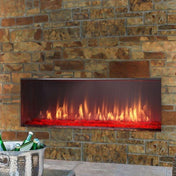
Majestic Lanai Vent-Free Outdoor Natural Gas Fireplace
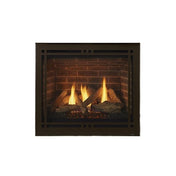
Majestic Quartz Platinum 36-Inch Direct Vent Gas Fireplace
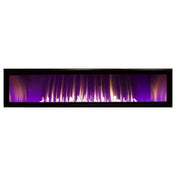
Empire Boulevard 60-Inch Linear Vent-Free Gas Fireplace
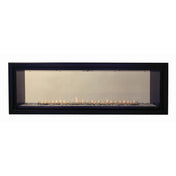
Empire Boulevard 48-Inch Linear Vent-Free See-Through Gas Fireplace
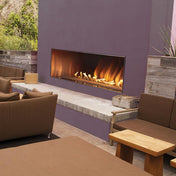
Empire Carol Rose Vent-Free Outdoor Linear Gas Fireplace
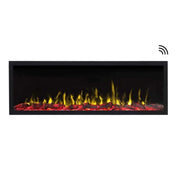
Expert Advice
Let us help you with our 10+ years of industry experience.
19,000+ Happy Customers
We always put customers first - reviews are the proof.
Best Price Guaranteed
If you find it cheaper, we will match the price!
Free US Shipping & Returns
30-day returns on eligible items. Free return shipping & no restocking fees.
Authorized Dealer
With us you get a full manufacturer's warranty & after-sales support.
Pay Over Time
Financing & pay-over-time options for purchases up to $25,000 for up to 60 months.